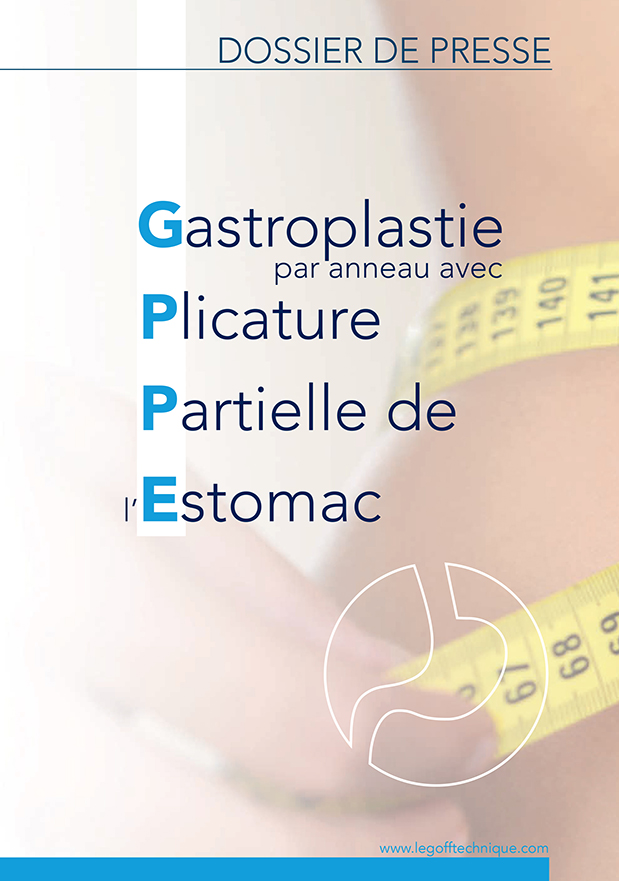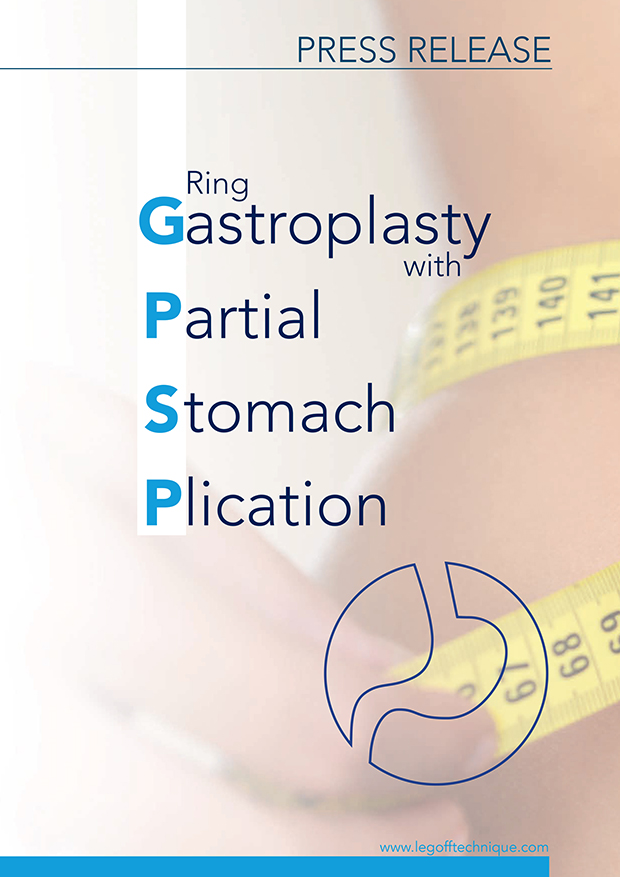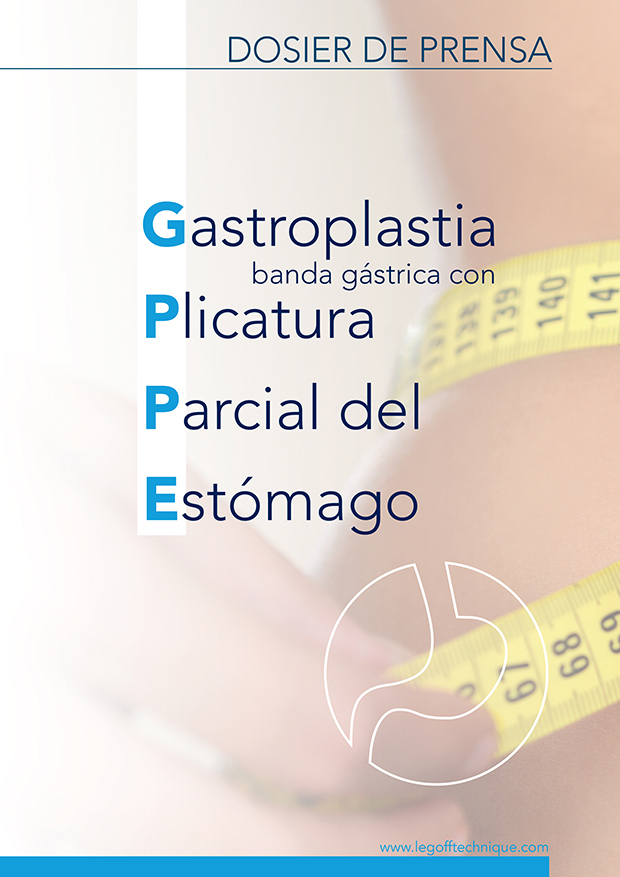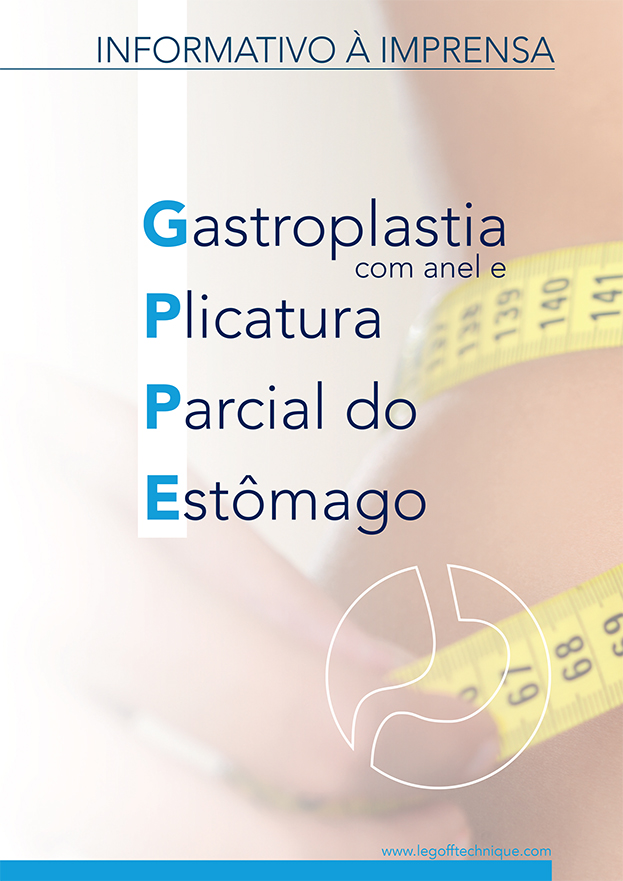Dr Jean-Yves Le Goff
MEDICAL TEAM le goff technique in Paris
MEDICAL TEAM of Dr Le goff
MEDICAL TEAM le goff technique in Paris
Obesity surgery in Paris

Dr Didier Pons
Psychiatrist
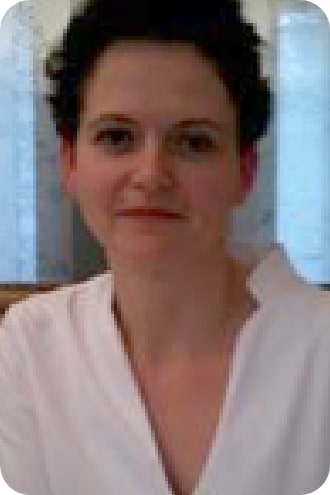
Dr Géraldine Vasseur
Nutritionist
THE COMPETENCIES USED IN THE LE GOFF TECHNIQUE (GPSP)
Obesity surgeon in Paris
THE ROLE OF THE SURGEON
The first role of the surgeon is to bring together the multidisciplinary team.
The importance of the first consultation with the surgeon should be underlined (lasting a little over ¾ hour), essential in starting the weight loss process.
The surgeon assesses the patient’s history, his expectations, the ideal weight to be reached, explains the various operating techniques (Band, Sleeve, Bypass) with their associated complications, which leads to the indication of the Le Goff Technique.
The surgeon decides on the surgical indication.
The surgeon is first in line to assess the weight loss and that the patient tolerates the procedure, and to ensure the repeat consultations with the multidisciplinary team and resumption of sports activity are followed.
During follow-up, the surgeon can direct the patient to consults for the Le Goff method (psychologist, nutritionist, etc) or for other specialties (cardiology, respiratory, fibroscopy, plastic surgeons, etc.).
The surgeon himself performs the inflations and deflations in radiology, where, as well as consultations, the tolerance of the surgical procedure, the weight loss and the absence of complications can be assessed.
The surgeon respects the patient’s desire to lose weight and his acceptance, and helps to strengthen them.
The surgeon ensures that the treatment agreement is properly respected.
The surgeon supports the patient through the weight loss, a true voyage of initiation towards a certain rebirth.
THE ROLE OF THE ANAESTHETIST
CONSULTATION:
• At least ten days prior to hospitalisation
• Consultation with an intensive care anaesthetist in the hospital where you will be operated.
CHECK-UP:
• Medical and surgical history.
• Search for comorbidity factors linked to obesity.
• Search for known allergies.
• Remember to bring your prescriptions: some medication needs to be changed or ceased prior to surgery.
EXAMINATION:
• The anaesthetist will examine you before your anaesthetic.
INFORMATION:
• He will inform you of the method of general anaesthesia and the associated risks.
• He will explain the protocol used to prevent post-operative pain.
PRESCRIPTION:
• If necessary, he will prescribe additional examinations or seek additional opinions.
THE ROLE OF THE NUTRITIONIST
Treatment of an overweight person who has decided to undergo Le Goff gastric band surgery includes an initial one-year support programme.
First phase: initial visit preceding the Le Goff gastric band surgery to:
Compile the chronology of weight history, and a personal and family medical history.
Perform the impedance analysis used to collect information about body composition (fat mass, total body water, intracellular and extracellular water, muscle mass and visceral fat) used as a reference point for weight loss monitoring and evaluation.
Do a dietary survey to determine daily intakes of proteins and micronutrients in particular, as overweight people often have deficiencies in these, and detect any food intolerances.
Explain the diet to be followed during the first 4 weeks after the gastric band surgery with supporting documents.
Prescribe a biology report to assess the metabolism and look for any deficiencies to be corrected and prescription for vitamin and micro nutritional supplements.
Explain the programme with the various follow-up steps questionnaires online to be completed at home used to assess the metabolism, neurotransmitters, motivation, weight and emotions.
Second phase: visit one month after the Le Goff gastric band surgery to:
Assess the initial loss with new impedance analysis and discuss the best dietary balance with the single objective of optimising health and correct any deficiencies identified in the biological report.
Fix objectives, implement a specific programme to start caring for skin, relearn self-confidence and how to look after the body.
Third phase: three-monthly follow-up
Monitor the evolution in weight loss.
Help overweight patients to recover the pleasure of eating, give them the bases of a healthy diet using specific tools.
The aim is to recover a positive self-image while continuing to lose weight, regain self-confidence, start exercising again and learn how to maintain the gains.
Treating an overweight person consists of forming a team throughout the approach in order to accompany the patient in their profound desire for change.
THE ROLE OF THE PSYCHIATRIST-PSYCHOANALYST
The medical-psychological approach to gastric band surgery is a multidisciplinary approach that involves several specialists: both medical and psychological (surgeon, cardiologist, pulmonologist, nutritionist, endocrinologist, radiologist, anaesthetist, psychiatrist, etc.).
The visit to the psychiatrist is legally obligatory and lasts about one and a half hours, possibly repeated according to whether or not the patient adheres to the treatment agreement.
This interview deals with key events in the patient’s personal life and attempts to make a link between the occurrence of the obesity and the patient’s experience and to examine its development.
Pre-operative consultations help the patient to get involved in the gastric band surgery project, which may have been thought about for months or even years previously. Often it underlines the importance of psychological factors at the origin of morbid obesity, present in 80 to 90 % of cases, and helps patients to understand why this monitoring is essential and vital in successfully losing weight, to recover one’s physical and mental health.
The pre-operative interview with the psychiatrist will be followed after the operation by two to four visits to assess how the patient is dealing with the gastric band surgery, evaluate any psychological difficulties with the treatment and determine how the treatment process is proceeding. Similarly, two follow-up visits are offered during the second year after the operation for the same reasons.
Thus, the patient enters into a contract with him/herself that sets the surgical procedure as the starting point for a new personal approach. The patient is fully active in the project, at the centre of the desire to lose weight and not a simple spectator being “passed from hand to hand”. It is therefore important to see all the consultants in the team, at the same level as the surgeon who holds the patient contract. Any avoidance of these specialists, especially the psychiatrist, is a strong sign of resistance (fear, apprehension, anxiety, etc.) on behalf of the patient to any change. This is entirely normal and requires psychological support.
Good weight loss goes hand in hand with recovering good mental health, and maintaining one’s enthusiasm and participation in the project.
Information is essential, offering addresses of psychologists, psychotherapists and psychiatrists near the home and/or work to encourage patients and remind them that they can rely on psychological support at any time.
Furthermore, the inflation (or deflation) sessions performed by the surgeon are an opportunity to appreciate the patient’s physical and psychological state and check that the gastric band is operating correctly. This therapeutic presence is used to assess the need or not for repeat visits to the psychiatrist in the multidisciplinary team.
Excess weight may be an expression of a psycho-affective refuge in eating habits, or addictive behaviour, where food – which becomes a symptom in itself – is a sign of excessive attachment, alienation of the patient, hindering any other way of expressing a need.
It is therefore essential to assess the patient’s psychological profile, fragilities, key life events and unconscious links created with the body culminating in excess weight and morbid dependency. It should be noted that more women than men undergo morbid obesity surgery (nine cases in ten).
Various forms of psychotherapy are offered: individual, group (talking, motivational, etc.), behavioural and/or cognitive therapy, mind/body mediation, or analytical approach. The patient may be directed towards various specific information forums concerning obesity surgery. Meetings between patients are also encouraged (operated or not), either within associations or just in the surgeon’s waiting room which becomes a place for exchange, questions and sharing of experience. As such, the surgeon can recommend a list of previously operated patients to call.
Overweight people consulting the multidisciplinary team, have just acted on their awareness (initially uncertain) of the danger they are in, both physically, and mentally. This new awareness forces the patient to reconsider themselves in their own eyes and those of their entourage, and encourages them to seek help, vital to well-being. In fact, overweight patients have, unknowingly and willingly, placed their mind in the refuge of their body.
THE ROLE OF THE RADIOLOGIST
The radiologist holds an important place in pre- and post-operative bariatric surgery.
Pre-operative examinations:
Pre-operatively, the radiologist informs the surgeon of any specific anatomical or pathological features.
X-ray of the stomach (Oeso-Gastro-Duodenal Transit):
- Evaluation of the overall morphology of the stomach and the size of the greater tuberosity,
- Existence of diverticula, gastro-oesophageal reflex (hiatus hernia) and associated pathologies.
Abdominal ultrasound:
- Evaluation of the size of the liver (left lobe in particular), as hypertrophy of the left lobe may complicate the Le Goff surgical procedure, and in rare cases require a strict pre-operative diet to reduce its size.
- Search for gallbladder lithiasis.
Post-operative examinations:
Post-operatively, the radiologist needs to know the surgical procedure to assess its radiological evolution.
Oeso-Gastro-Duodenal Transit: D1
- Gastrografin swallow (hydrosoluble product)
- Evaluation of the proper passage of the product in the oesophagus, through the band, and the surgical montage
- Search for the absence of pathological images
- Evaluation of proper stomach emptying into the duodenum and the small intestine.
Oeso-Gastro-Duodenal Transit: Between the 4th and 6th weeks
- Barium swallow to perform the 1st inflation of the band in radiology by the surgeon under local anaesthetic for 90% of patients operated. Only 10% of patients do not need inflation, as the surgical montage is sufficient to lose the excess weight.
- Then, other OSDT to adjust the band may be necessary to increase or decrease the weight loss.
THE ROLE OF THE PULMONOLOGIST
The pulmonologist performs a pre-operative check-up for obesity surgery.
- Lung function tests
- Evaluation of the obesity’s effect on respiration
- Search for sleep apnoea syndrome
- Clinical signs:
Difficulties of concentration
Sleepiness during the day
Nocturnal respiratory pauses
Snoring and frequent waking
Tiredness and headaches on waking
Polysomnography: recording of sleep patterns - Evaluation of possible tobacco intoxication.
- These examinations will help to ensure good operative anaesthetic practice.
THE ROLE OF THE CARDIOLOGIST
The cardiologist performs a pre-operative check-up for obesity surgery.
- Pre-anaesthetic cardiology check-up
- ECG
- Echocardiography
- Evaluation of the effect of the obesity on heart function
- Search for cardiac comorbidity factors (hypertension, cardiac insufficiency, coronary heart disease, etc.).
These examinations will help to ensure good operative anaesthetic practice.
The cardiologist will notify of the complete absence of contraindications for the surgical procedure.
THE ROLE OF THE FIBROSCOPY GASTROENTEROLOGIST
Oeso-gastro-duodenal endoscopy:
• Under neuro-analgesic anaesthetic
• By a gastroenterologist
He ensures that the digestive tract is normal:
• Search for oesophagitis by reflux
• He performs gastric biopsies to search for Heliobacter Pilori requiring special treatment
The fibroscopy operator is a gastroenterologist.
OGDF : (Oeso-Gastro-Duodenal Fibroscopy)
Visualisation of the inside of the oesophagus, stomach and duodenum using a camera.
Oeso-gastro-duodenal fibroscopy:
• Under neuro-analgesic anaesthetic
• By a gastroenterologist
Pre-operatively:
• He ensures that the digestive tract is normal
• Search for oesophagitis by reflux
• He performs gastric biopsies to search for Heliobacter Pilori requiring special treatment
Post-operatively:
Fibroscopies may be performed to assess the montage and the upper digestive tract. Even in the absence of any symptoms and having lost all excess weight, a systematic fibroscopy is performed every 3 years.
THE ROLE OF THE PHLEBOLOGIST
The phlebologist assesses the condition of the venous system in the lower limbs.
Symptoms characteristic of bad circulation:
- Heavy legs
- Cramps
- Pins and needles
- Oedema (swelling, particularly of the ankles)
- Varicosities
- Varicose veins
- Search for antecedents and signs of thrombosis.
These examinations are very important to prevent post-operative thrombosis.
THE ROLE OF THE PLASTIC SURGEON
Plastic surgery may be necessary after significant weight loss:
- Abdominoplasty with liposuction, as far as a bodylift.
- Breast reconstruction.
- More rarely surgical lift of the arms and/or thighs and/or facelift.
After significant weight loss, aesthetic surgery, plastic or reconstructive surgery can best optimise the results of bariatric surgery.
Plastic surgery helps the patient to accept the modifications to their body image.
For obesity, the results of plastic surgery following bariatric surgery are far better than if the plastic surgery alone is performed.
30, Avenue du président wilson Paris 75116

